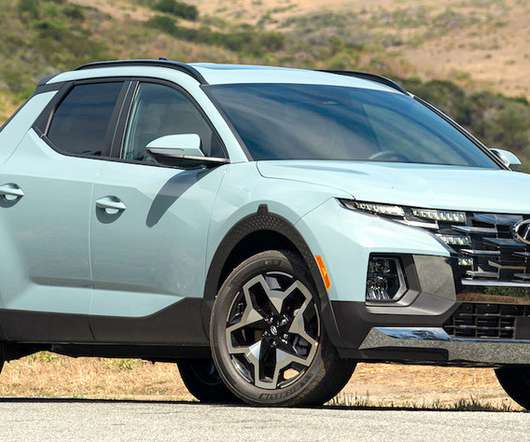US State Department Issues Permit for Alberta Clipper Pipeline for Oil Sands Crude Delivery to US
Green Car Congress
AUGUST 21, 2009
The US State Department has issued a Presidential Permit to Enbridge Energy, Limited Partnership to enable construction of the Alberta Clipper pipeline for the transport of crude oil from the Canadian oil sands to US refineries. This week, the RFA happened to issue two pieces, each touching on the impact of oil sands production.














Let's personalize your content